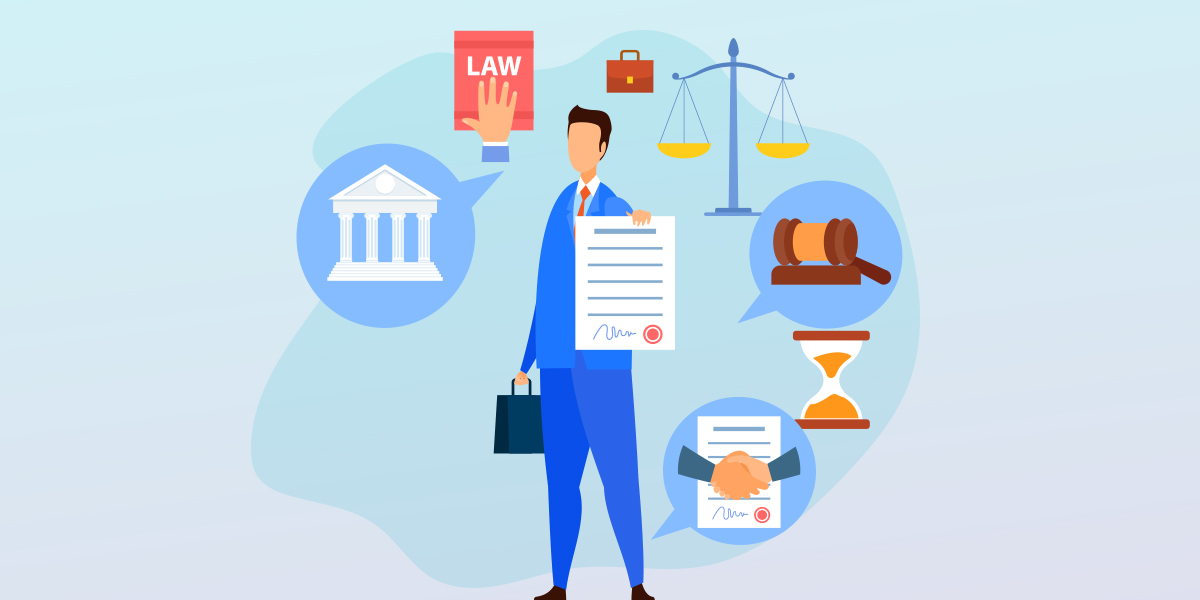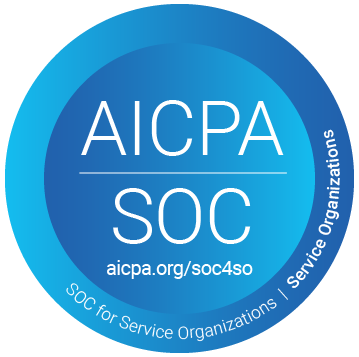Everything You Need to Know About Employment Practice Liability Insurance (EPLI)
Employment Practice Liability Insurance (EPLI) is necessary for every business, no matter the size. This coverage protects from an employee’s claim when their legal rights as workers have been violated. Here are a few examples of employee rights:
- Sexual harassment
- Discrimination
- Wrongful termination
- Breach of employment contract
- Negligent evaluation
- Failure to employ or promote
- Wrongful discipline
- Deprivation of career opportunity
- Wrongful infliction of emotional distress
- Mismanagement of employee benefit plans
Embroker, a digitally-native business insurance company explains, “the coverage applies to claims that arise under Title VII of the Civil Rights Act or any related legislation.”
In the past years, the number of lawsuits filed by employees against their employers has been rising. The reports indicate that most suits are filed against large corporations. However, no company is immune to such lawsuits.
In this article, we look at the cost of EPLI coverage, whether this is claims-made or occurrence coverage, and the importance of understanding employment law.
How Much Does EPLI Coverage Cost?
There is no set number for the cost of EPLI coverage. Many factors go into determining the cost of this coverage for your organization.
Here are some factors that are considered when determining the cost of EPLI coverage:
- The number of employees you have.
- The percentage of employee turnover.
- Whether rules are in place for employment.
- Whether you have had previous employment lawsuits against your company.
Determining EPLI Cost Example
Here is an example to help you understand how the price of coverage is decided.
Imagine your organization has 500 employees. This is a large number, so EPLI coverage will be more expensive for your organization as opposed to an organization with 250 employees.
Now, what if you have 500 employees, but your organization has a high turnover rate? Here, the cost of your EPLI coverage is more than a similar organization with 500 employees and a low turnover rate.
As you can see from this example, many factors go into determining the cost of EPLI coverage.

Is EPLI Claims-Made or Occurrence Based?
EPLI coverage is most often on a claims-made basis. The claim must have occurred during the coverage period.
For example, if you fire an employee and they file a wrongful termination claim, but you have since canceled your EPLI policy, your organization will not receive coverage.
Employment Laws to be Aware of
While this coverage is helpful in most cases, here are some important employment laws you should understand to help further protect your business:
- Title VII of the Civil Rights Act
- The Equal Pay Act of 1963
- The Civil Rights Act of 1966
- The Immigration Reform Control Act of 1986
- The Americans with Disabilities Act of 1990
- The Bankruptcy Code
- Equal Employment Opportunity Act of 1972
- The Age Discrimination in Employment Act

How to Prevent Employee Lawsuits
Prevention is the first step to a solution. The best practice to prevent employee lawsuits is to educate both managers and employees. This helps minimize problems from the start. Here are 5 easy rules to apply to help prevent lawsuits:
- Create effective hiring and screening programs.
- Develop post-corporate policies throughout the workplace and place them in employee handbooks so policies are clear to everyone.
- Teach employees what steps to take if they are the object of sexual harassment or discrimination by a supervisor.
- Make sure supervisors know where the company stands on what behaviors are not permissible.
- Document everything that occurs and the steps your company is taking to prevent and solve employee disputes.
Other Coverage Options
There are a lot of professional insurance policies out there to help you protect your business. Check out the SmartCompliance blog to learn more about these insurance policies and how they can help you.


